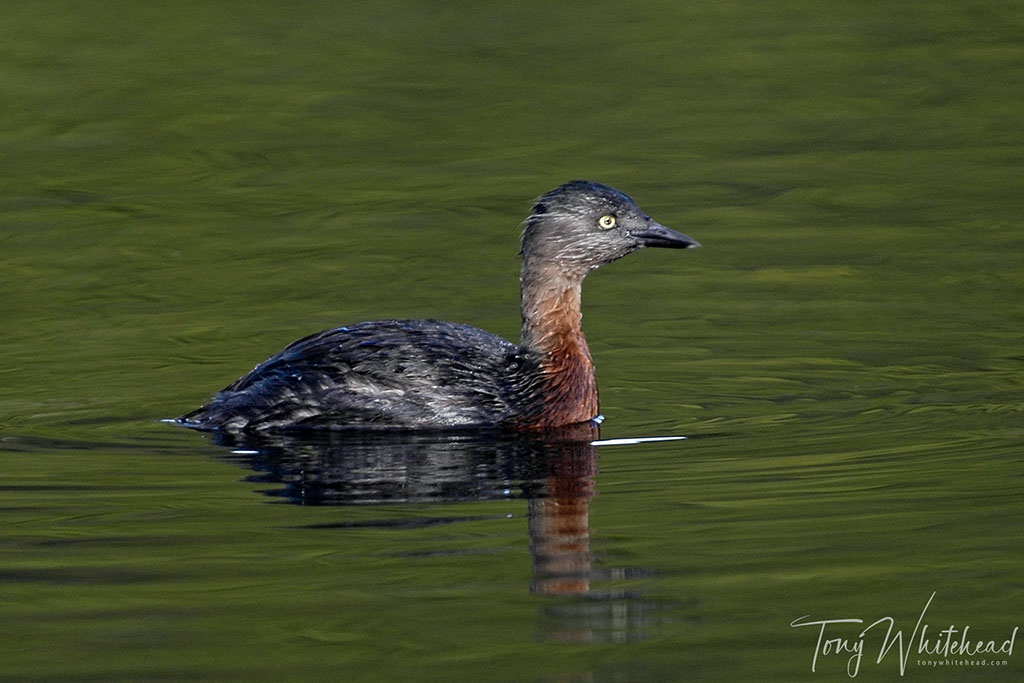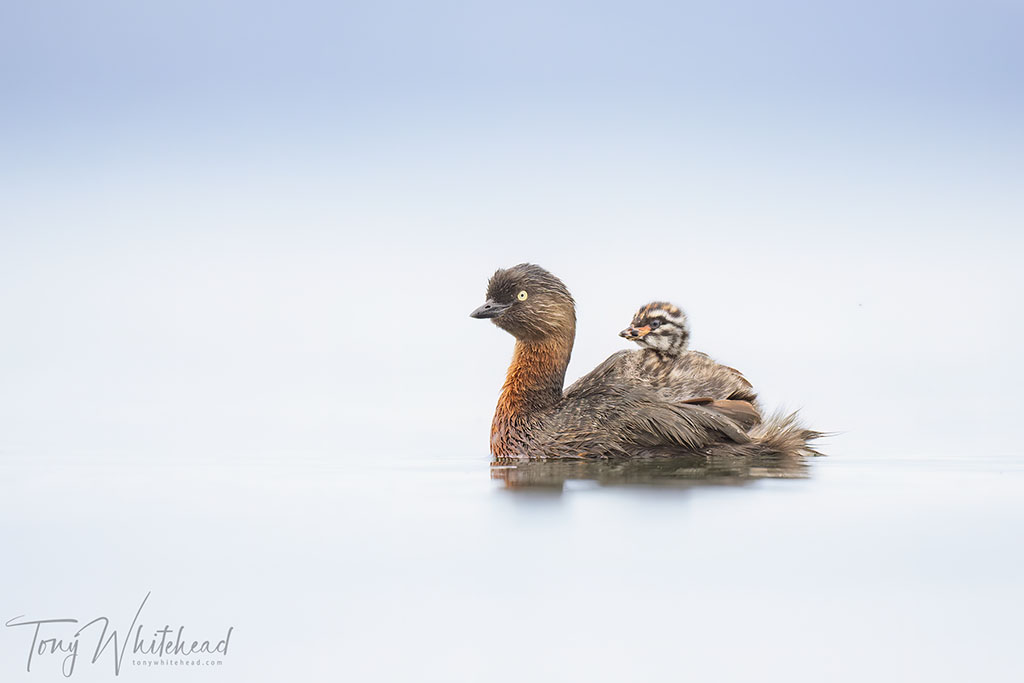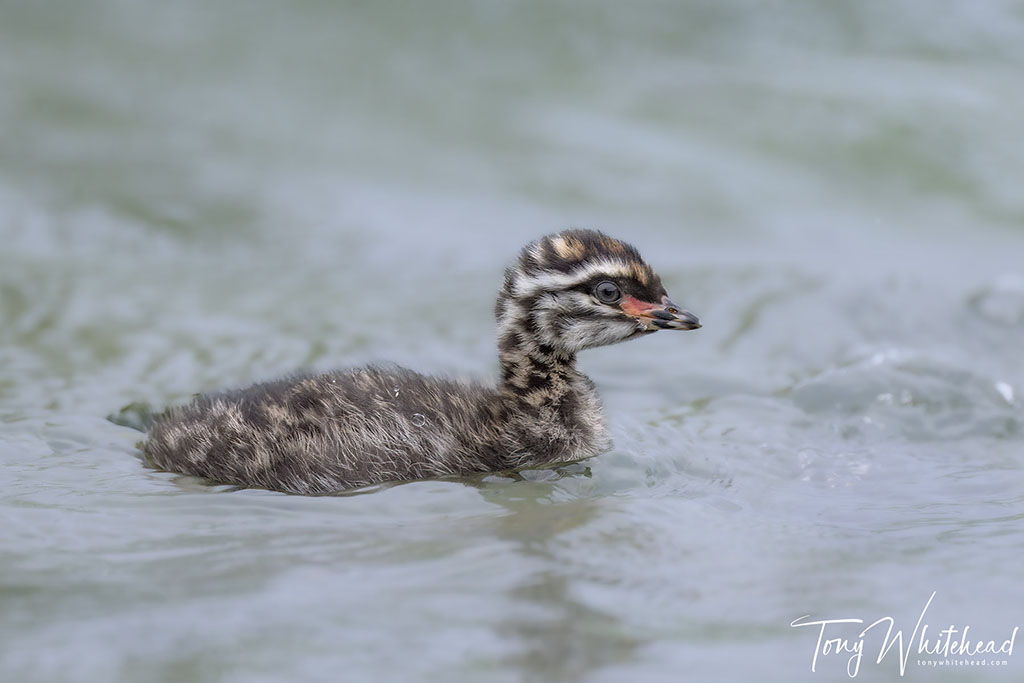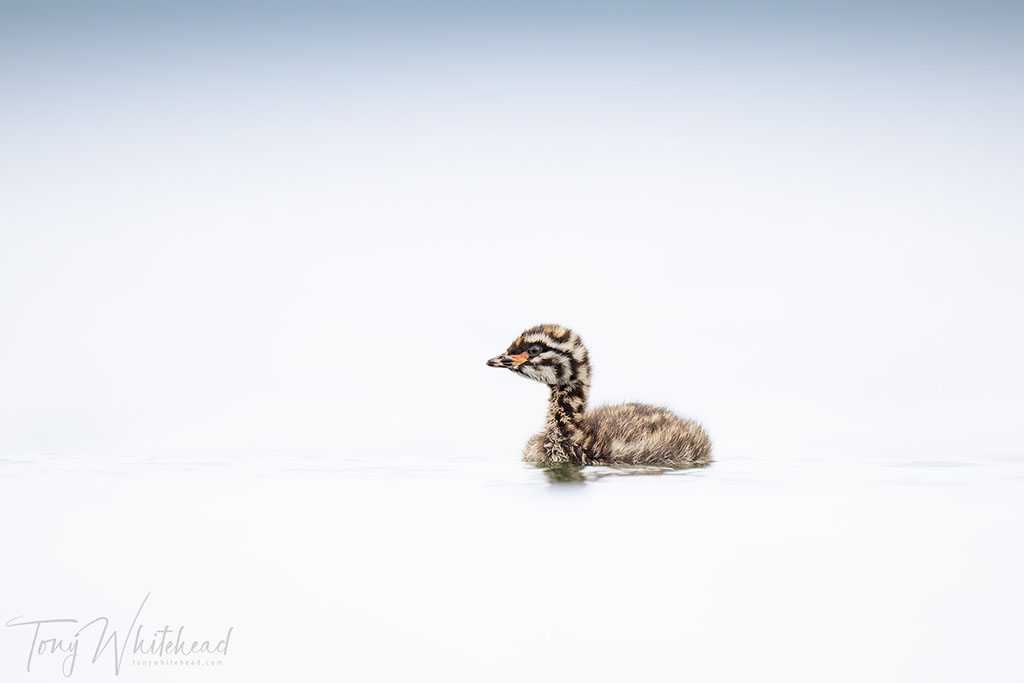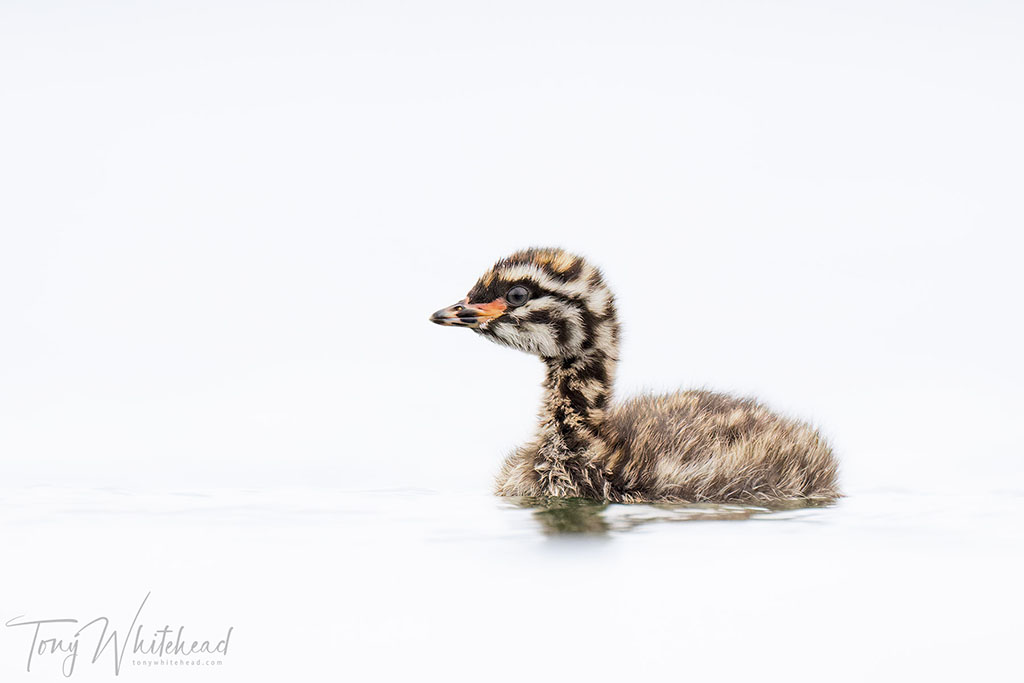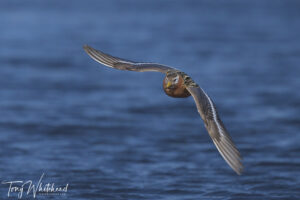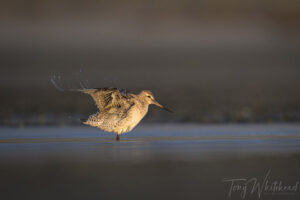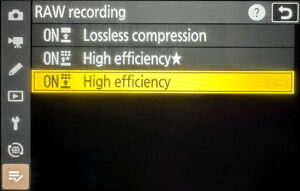How do we improve our photography? Sounds like a simple question but how do we define improving our photography? Is it making better images? If so how do we define that? Is it getting more likes and comments on social media or better results in competitions? Is it getting approving comments from friends and family? Is it getting published or selling more images/prints?
Personally, improving my photography is making better images than I did previously, based on my own opinion and the pleasure I get from my work. I love a broad range of photographic genres (despite an obsession with birds, especially in flight and on white!) so have a huge field to play in. The joy of amateur photography is being your own client so not having to work to the desires of anyone else. The downside is being your own harshest critic and seeing flaws others may dismiss.
Comparing my Weweia/NZ Dabchick images, I think I have made some progress in the intervening 18 years. Ignoring the obvious technical improvements related to evolution of digital cameras and image processing, the first image is a decent portrait. It shows the bird in it’s habitat swimming on quite attractive water with no obvious distractions. It is a bit centred and tight in the frame for my taste but not nearly as tight as many of my images from this time. I feel no emotion in the image and nothing draws my attention to explore it further. It is a record shot of a NZ Dabchick that would work in a bird guide to identify the species.
The newest image is much looser with plenty of negative space and a natural gradient from the far side of the lake brought into play by a water level perspective. The adult and chick adds a story and mood in the calm environment. It evokes feelings of calmness but a tension of nurturing protectiveness and vulnerability. My eye moves between the adult and chick and I imagine myself in each of their places. In my opinion it is a much better image and that’s all that counts.
Having shared an example from my photographic journey, what do I see as important in my progress?
Camera manufacturers would have you believe that the latest new camera or lens is the secret to better photos but they have a vested interest in selling gear to achieve their bottom line. New gear can be a stimulus to get out and shoot until the novelty wears off. New gear can have capabilities greater than previous equipment but along with this comes complexity and a learning curve to make the most of what the camera can do. This has really been highlighted to me over the past 12 months as I’ve got to grips with the Nikon Z9. It is an extremely capable camera but more complex to use well than my DSLRs were and unless set up for the specific situation correctly can be significantly worse. This needs knowledge and practice.
Knowledge and practice. There’s a thought. Maybe that’s the secret to improving your photography? In my case photography began with using film and learning the basics of exposure in full manual mode from my father. This piqued my interest and the delight of seeing prints emerge in the tray of developer kept me making images. As always if something interested me I looked for everything I could find to read up on the subject and became a voracious consumer of photography magazines and books (thank goodness for libraries, and now the internet). Looking at a broad range of art and photography can help us appreciate what we look at and begin to see the world in new and interesting ways.
Another way of accessing knowledge is lessons and workshops. I have completed a Polytech course on photography with my son and attended a number of workshops. One was a bird photography course led by 2 bird photographers I really admire in South Africa the morning after arriving from New Zealand. I have not yet found a better cure for jet lag than 2 days of bird photography with Chris Van Rooyen and Albert Froneman.
I have done a number of workshops with my friend Kim Westerskov locally on topics ranging from Beach Photography to Black and White and Photoimpressionism. Most recently I have attended the New Zealand Photography Workshops Wildlife Masterclass. The common thread with all of these has been a real stimulus to getting out and photographing and learning new approaches and techniques.
Online courses/video tutorials can be useful with technical issues and especially editing/post processing knowledge and techniques. Some photography forums can a be useful way to access quick feedback and advice but can have a short life and only go so far before the risk of becoming repetitive or formulaic. Camera clubs can have a role in fostering interest and skill from like-minded individuals. A downside, depending on the structure and personalities, can be constraints and rules that don’t suit all. I have encountered a number of people constrained and frustrated by camera club environments but have equally presented to camera clubs that provided a very positive and nurturing environment.
So that covers the knowledge side – self directed learning and facilitated learning. How do we achieve the practice? For this there are no short cuts. We just have to invest the time and this needs motivation and prioritisation, both of which can be hard to find in our busy world. In my case it would be fair to say that photography is an obsession or an addiction. I get so much pleasure from making images that I just have to keep making them while I can. I’m starting to feel a bit resentful about the photography days that my day job is depriving me of! If I’m not out shooting I use time to read or edit. I need image making in my life. I am extremely fortunate to have a wife who tolerates this (while probably understanding it as little as I do) and allows me to get lost in pursuit of images. Our holidays and travel always involve a degree of photography and I find I get better when able to spend more time practicing.
So that’s it. Simple. Get obsessed so that you will learn more and practice more. Read, attend workshops and take a camera everywhere. Spend time and money on travel and learning. Spend money on new gear only when you have fully mastered your old gear and find that it is holding you back rather than it being your limitations that are preventing your equipment from achieving the results it could if in the hands of someone more knowledgable and experienced. New gear can be a short term stimulus to getting out and practicing so if you need an excuse, use that as one. Be hard on yourself and don’t accept just OK. Look for the faults in your images and consciously try to eliminate them next time. Only share your best images. Most of all have fun.
This all seems a bit obvious, unhelpful, time consuming and tongue in cheek, so if you want one thing that will immediately improve your wildlife photography, here it is.
Get low. Get to eye level or below and you will immediately have better backgrounds, giving better subject/background separation and a more engaging view of your subject. In the past this usually meant getting down and dirty (muddy, dusty or smeared with bird poop) but now with articulating LCD screens you can get your camera low without getting too low yourself and saving a pain in the neck pain in more sense than one.
By way of illustration this photo of a Weweia/NZ Dabchick chick was taken from as low as I could get at the lake edge where rocks preventing me getting to water level. I got as low as I could but was still about 60cm above water level. The photo is OK. A reasonable picture of a tiny cute bird but not terribly special or engaging.
This next photo was taken after the birds had moved a little and I was able to get my camera right down to water level. This isolated the bird much better and the far shore of the lake introduced a natural graduation to the background. A far more appealing and engaging result.
Using the high resolution of the Nikon Z9 it is still possible to crop a detailed close-up portrait of the chick but it seems a waste of all that lovely clean negative space.
So that’s it. Get out in nature, get low and practice, but most of all have fun.
